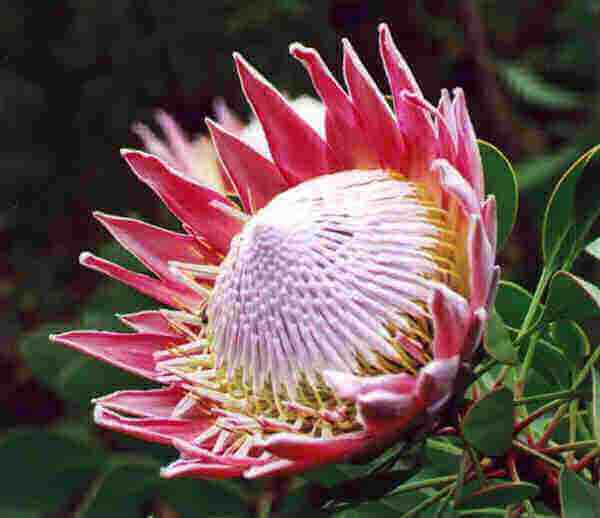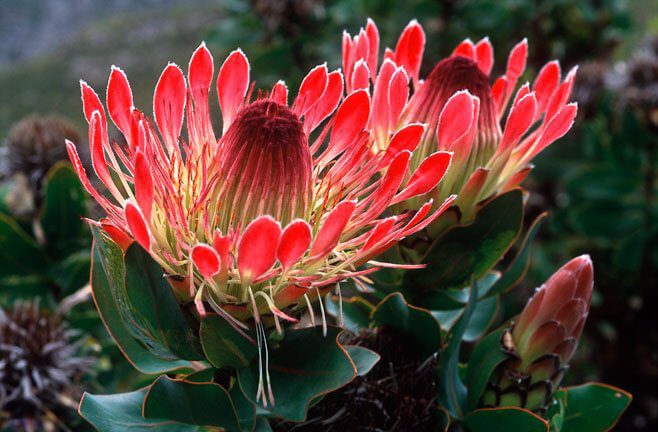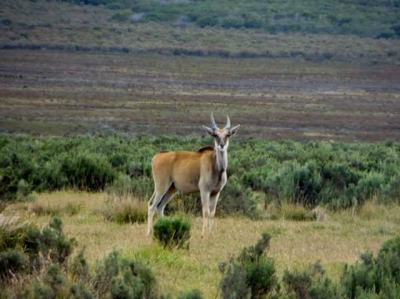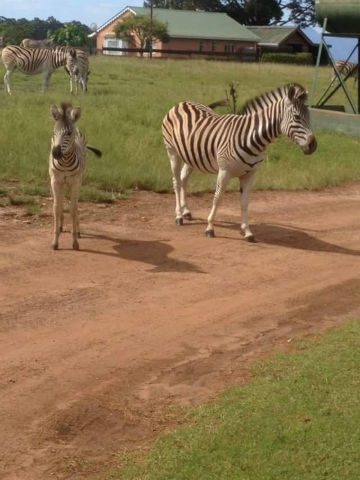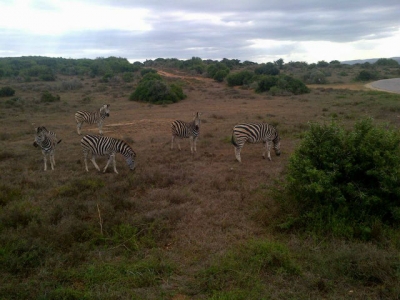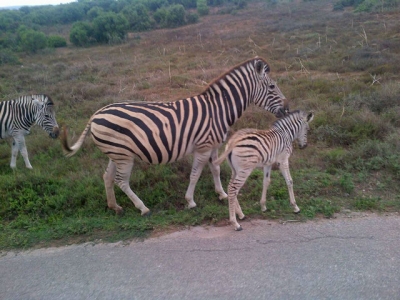
Proteas, South Africa's national flower
It is very easy to see why the King Protea is South Africa's national flower! Some facts about them
BEAUTIFUL PROTEAS!
Protea is both the botanical name and the English common name of a genus of South African flowering plants. These are also known as sugarbushes (Afrikaans: suikerbos). In local tradition, the Protea flower represents change and hope. The giant or king protea is widely distributed in the south-western and southern areas of the Western Cape, from the Cedarberg up to just east of Grahamstown. This beautiful flower-head is the largest in the genus. The artichoke-like appearance of the flower-heads of the king protea leads to the specific name ‘cynaroides’, which means ‘like Cynara’ (the artichoke). Proteas attracted the attention of botanists visiting the Cape of Good Hope in the 17th century. Many species were introduced to Europe in the 18th century, enjoying a unique popularity at the time amongst botanists. A number of varieties in color and leaf shapes are found, but the most beautiful one is the pink colored flower.
Proteas are used for ornamental practices as cut flowers and for decoration and thus some of the desirable traits a breeder is looking for during cultivation are flower size and color. The traits considered by breeders in the selection process for cultivation are long lasting bloom, flowering time, plant architecture, general appearance, and adaptability.
Most Proteas occur south of the Limpopo River. However, Protea kilimanjaro is found in the chaparral zone of Mount Kenya National Park. 92% of the species occurs only in the Cape Floristic Region, a narrow belt of mountainous coastal land from Clanwilliam to Grahamstown in South Africa. The extraordinary richness and diversity of species characteristic of the Cape Flora are thought to be caused in part by the diverse landscape where populations can become isolated from each other and in time develop into separate species. Proteas usually flower during spring time. The general structure of the Protea flower’s head consists of a mass of flowers on a woody receptacle. The ovary is protected by the receptacle and thus not seen when looking at the flower, the anthers are however present at the top of the flower which can the easily transfer the pollen to the vectors. Proteas are currently cultivated in over 20 countries. Cultivation is restricted to Mediterranean and sub-tropical climates. The cultivation of a Protea plant is time-consuming and therefore good planning when developing the cross combinations and goals is of great importance of the breeding program. The Proteaceae family to which Proteas belong is an ancient one among angiosperms.
The Proteaceae are divided into two subfamilies: the Proteoideae, best represented in southern Africa, and the Grevilleoideae, concentrated in Australia and South America and the other smaller segments of Gondwana that are now part of eastern Asia. Africa shares only one genus with Madagascar, whereas South America and Australia share many common genera which indicate they separated from Africa before they separated from each other.
The genus, Protea, was first named in 1735 by Carl Linnaeus. He named it after the Greek god Proteus because Proteas have such a wide variety of forms and Proteus could change his form at will. Some Protea flower species, like the King Protea flower, are self-pollinatingflowers. Other Protea species, however, like the Protea Cordata, Protea Decurrens and the Protea Scabra are self-incompatible and thus rely on cross-pollination for successive seed set.
The main vectors responsible for the transfer of pollen in Protea cultivation are birds, insects, and the wind. There are some Protea species which exhibit both self-pollination as well as cross-pollination as a method of reproduction. Cross-pollination is however preferred as a method of reproduction because it provides genetic diversity in the population.
Posted by Belinda Van Graan
